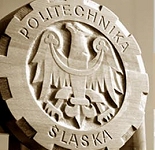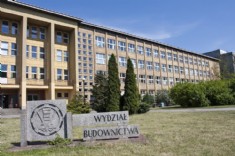Lecture at Polish seminar, 23 November 2015

Several times a year we spend time on the general promotion of Cone Penetration Testing. In such cases we provide a helping hand in teaching current and future users about the benefits of CPT as a technology for soil investigation.
On 18 November 2015 the Department of Geotechnics and Roads within the Faculty of Civil Engineering at the Silesian University of Technology in Gliwice, Poland, organized a seminar on Cone Penetration Testing. Although CPT is already widely used in Poland, education on CPT is still lacking sufficient attention. Professor Bzówka of the Silesian University therefore took the initiative to organize a seminar dedicated to CPT for her students and also invited geotechnical engineering firms and soil investigation companies to attend.

She invited the Polish Professors Mlynarek and Wierzbicki who are both from Poznan in Poland, and are internationally recognized for their technological contributions to and experience with CPT. They added value to the seminar with lectures on the benefits of CPT compared with other soil investigation technologies and on the interpretation of CPT data.
A.P. van den Berg was invited to present the wide range of available equipment solutions and the latest developments in CPT data acquisition systems. Mark Woollard was present to instruct the attendees on pushing equipment, from lightweight units with anchoring devices to heavyweight self-ballasted CPT vehicles.

Furthermore he shared the many benefits of digital data acquisition technology in comparison with the outdated analogue data transmission. Of course the modular concept of our digital Icone data acquisition system, with its click-on modules to obtain additional soil parameters with single or multiple CPTs, was highlighted. The seminar was very successful providing the more than 60 interested students, academics and company representatives with state-of-the-art food for thought in approaching soil investigation. We hope we have contributed to bringing education in CPT and its application in the field to a higher level and we thank Professor Bzówka for her initiative.